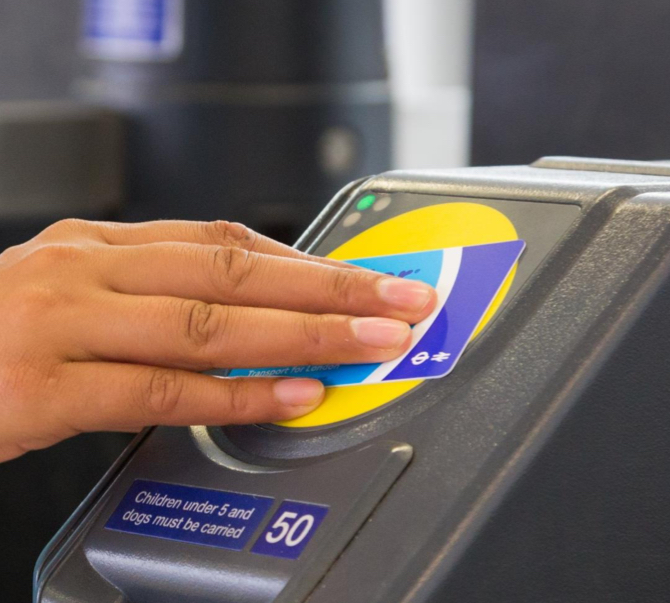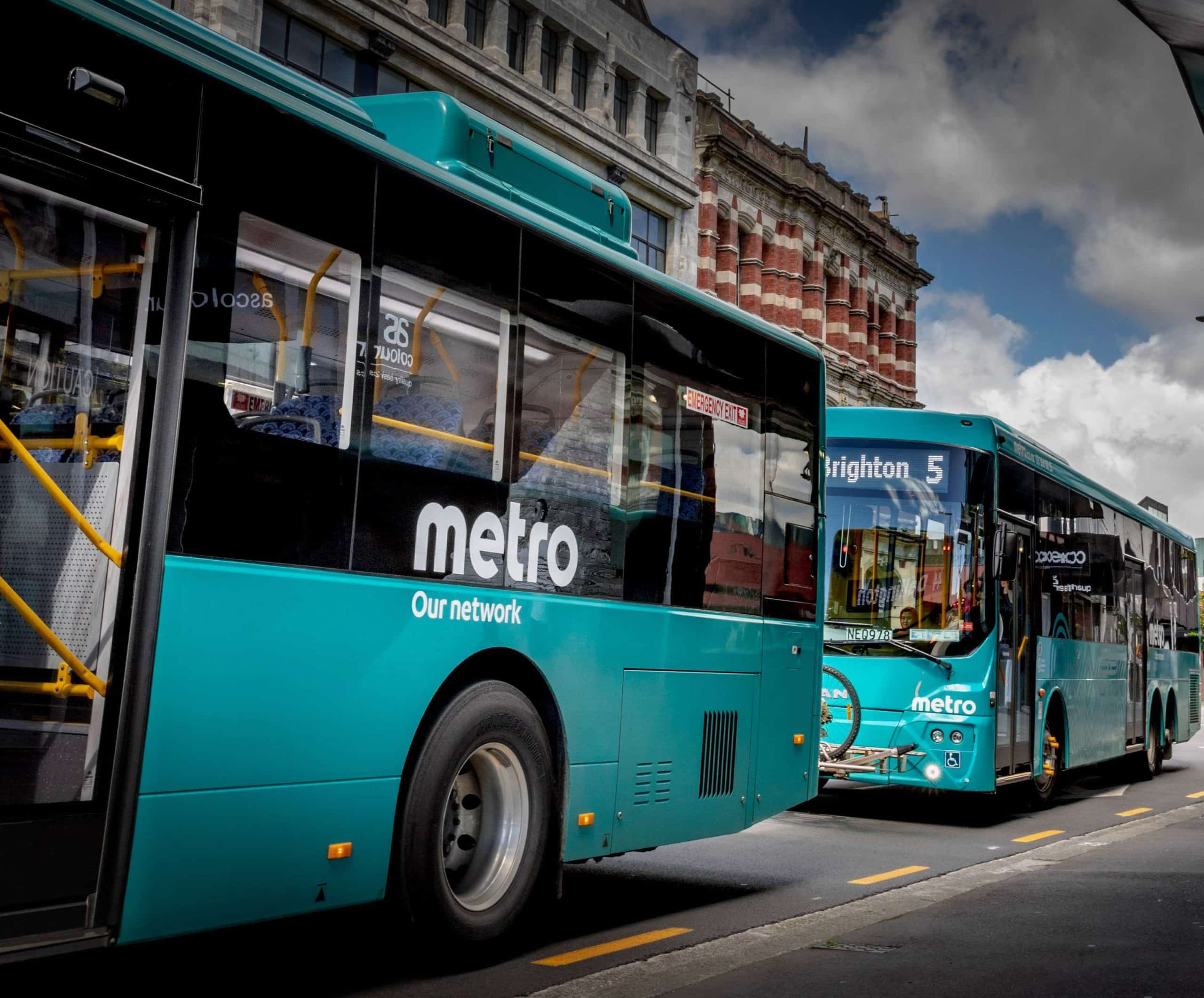
Article Highlights
The estimated £1.1 billion contract would migrate Transport for London’s closed-loop Oyster card to the authority’s sophisticated contactless back-office system in order to make pay as you go its main fare product. That includes adding weekly fare capping and calculating fares and caps for concessionary fares.
Transport for London says it still issues up to 30,000 new Oyster cards per day, a number that hasn’t declined with the growth of use of contactless credit and debit cards to pay fares.
Transport for London is preparing for a new revenue-collection contract that will be be worth £1.1 billion, including a revamp of its Oyster closed-loop card system.
















